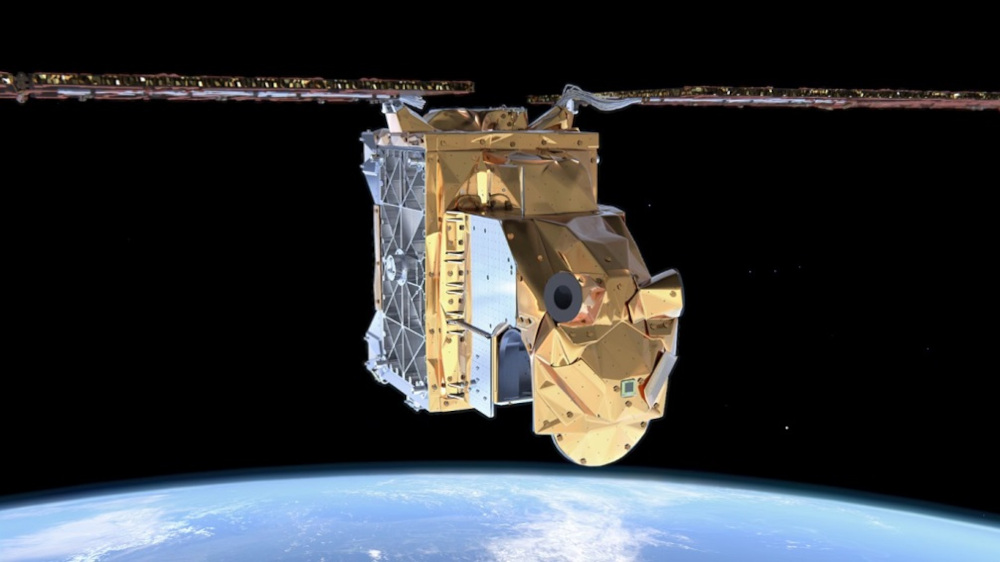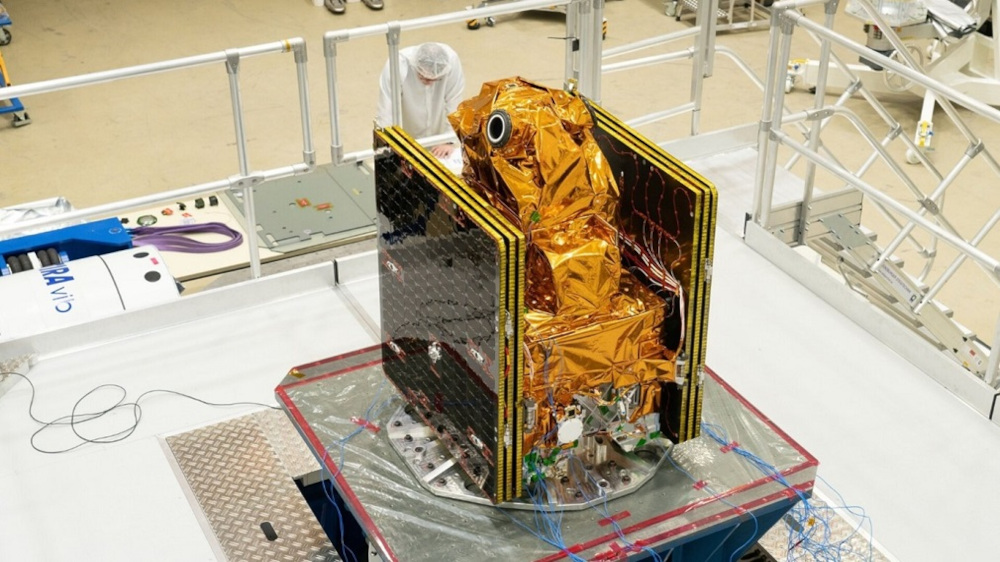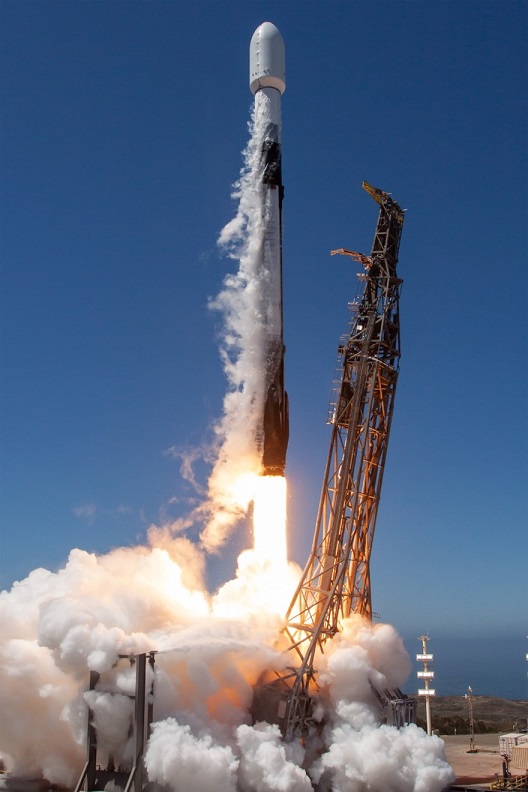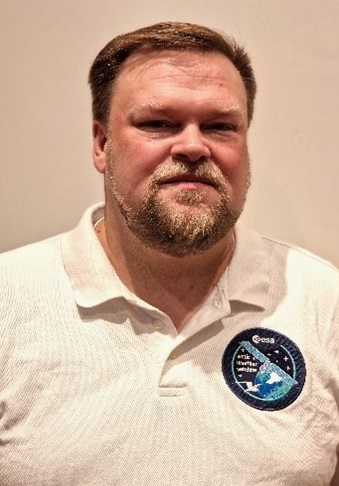
Transforming European Space Agency for “New Space” Projects
ESA is a well-established player in the world, mostly known for its “Traditional Space” space projects. Last year ESA launched a record of 13 Satellites into space (which is more than NASA), to put it into perspective.
Background
In recent years, the environment of Space has changed all over the world and ESA is also transforming itself to prepare for the future challenges that are ahead of us. As part of the ESA transformation to become more agile, faster, leaner, more efficient, ESA has also opened possibility for different philosophy of developing satellites and space projects.
I had personally the privilege to be leading the first large scale ESA “New Space” project, called Arctic Weather Satellite (AWS). Arctic Weather Satellite project objective was to develop a Protoflight Model (PFM) Satellite that were to be a pre-cursor for an operational constellation of such weather satellites. The project did not only include the development of the satellite, but also development of the Ground Segment, Launcher procurement and operations of the satellite. The customer for the constellation is EUMETSAT that had expressed its interest at the beginning of the project, pending on the outcome of the ESA development. So, in summary, the stakes were high when I started the project.

Arctic Weather Satellite - CREDIT: ESA/Mlabspace
I was selected to be the Project Manager in beginning 2020 with and objective to develop the complete mission in 36 months, within very tight budget and to comply with large missions’ performance. To put this into perspective, traditional weather satellites take typically minimum 15 years to develop. As if this was not challenging enough, COVID-19 struck as soon as I had started.
The “New Space” approach
Changing an organisation, especially as large as ESA, is not simple, but I had been empowered to find a way for “New Space” project management and to define how “New Space” approach could be implemented within ESA. To make the project to succeed within the constraints mentioned above, the way of working at ESA had to be changed.
The first decision I made, was to concentrate only on essential requirements of the AWS mission and to remove everything else. In “Traditional Space” ESA projects, specific standards are applied that not only define the needs of the project but also how to design, build, verify, manage etc. the project. These standards are called ECSS (European Cooperation for Space Standardisation). For AWS I decided not to use ECSS at all and to leave the implementation approach open. I also simplified and streamlined project reviews, which are used as gates to check that progress is adequate to move to the next phase. Required documentation was also reduced to a fraction of documents required from “Traditional Space” projects. Also contractual baseline was made as simple as possible within the ESA rules and regulations. A single contract was negotiated, which covered the development of the Satellite, Ground Segment and operations.
While all of the changes described above were necessary and critical for the success of the AWS project, perhaps the most important change was to the development approach of “Traditional Space” projects, often called “V-cycle”, and to follow Agile development approach instead. Agile development has been historically used in software development, but the approach has now extended to other developments also. For space projects, the use of Agile is specifically difficult due to long duration of the development loops (often called sprints) and the cost of related hardware and its testing. However, the example of SpaceX that has used this method in their launch vehicle developments has shown the power of the method.
The Arctic Weather Satellite Project
The agile way of working had to be of course agreed with industry also so that we all had common understanding before the start of the project, and I spent considerable time and effort to prepare the project with industry and ESA Teams. This initial preparation was also essential to build up the trust between ESA and industry, as industry (rightly so), was not certain that ESA could really change its way of working and was afraid that ESA would eventually impose back the ECSS standards. It was also important not to impose a specific way of working to all companies, so the implementation approach was left open for each supplier and eventually became a hybrid combination of Agile and V-development.
Once the development approach was agreed, the Agile development was then used throughout the project, whenever suitable, with excellent results. AWS project always prioritised building hardware and testing over analyses. We tested the hardware at all levels with the objective to learn from the test. We never expected things to be perfect during the first test. Instead, we wanted to test fast and fail fast to identify the weaknesses that we had to fix. As an example, we did structural testing seven times before we got it right! This was still faster than performing complex analyses, which would have been finally validated by testing.

Arctic Weather Satellite (in the very final) vibration test - CREDIT: ESA/P. Sebirot
Agile approach was used also in integration, where complete system and Satellite testing started as soon as enough equipment was available and not waiting for everything to arrive. Tests were modified as necessary taking into account the Hardware status. Software development followed agile approach also with system simulations done almost daily and HW environment testing starting as soon as HW was available. Agile development also means, that last minute changes were also implemented, when necessary, for example one unit was replaced in the middle of final qualification testing at satellite level.
As I mentioned in the beginning, in addition to developing the satellite, also the Ground Segment was developed by the project. Typically, ESA operates all the satellites they develop, but in case of AWS, also operations is done by industry and the Mission Control Centre had to be developed. The science data processor was also developed as part of the Ground Segment. Similar Agile approach was used in Ground Segment development with the addition, that we tested the Ground Segment together with the Satellite as soon as possible. We performed a first System Validation Test (SVT), where we commanded the satellite with the Mission Control after 23 months from the kick-off of the activity! This was the first time for ESA project where SVT was done so early in the project. And as expected, not everything was perfect, but we learned a lot from the test. Eventually we repeated the SVT still 4 more times, before the Satellite Launch.
Even if I was leading the project, such a complex mission is always a team effort. The AWS team included ESA and more than 30 companies from 12 countries. What clearly helped us in the project was that ESA team and industry teams were very experienced, and everyone had done space mission development earlier. This allowed the team to make conscious decisions and balancing the risk, schedule and cost correctly.
The Outcome of the Project
The Arctic Weather Satellite development was completed within 36 months as planned and within budget and performance! Satellite was launched from Vandenberg Space Force Base in California on 16th August 2024 using Falcon 9 rocket. After launch satellite entered early operations and in-orbit validation phase, followed by orbit transfer phase. Science data is now distributed to early evaluators of the mission (Finnish Meteorological Institute is part of early evaluators). During the spring data is expected to be fully operational and will also be delivered outside Europe.

Arctic Weather Satellite Launch - CREDIT: SpaceX
The AWS achievement shows that ESA can change its way of working and can deliver such “New Space” projects in addition to “Traditional Space” projects. AWS also demonstrates that ESA can be in charge of the “New Space” development but cooperate with industry in a way that allows flexibility to industry in the development approach but at the same time helps to secure the future customers for such missions. This approach requires openness and trust on both sides to work.
Personally, leading the project was extremely rewarding and I had the pleasure of leading team of extremely motivated and capable people both on ESA and industry side. It was also very encouraging to see, how the short development time of the project was a clear motivator for people, as one could see the outcome already within 3 years (compared to ~15 years in traditional project). On ESA side, AWS is now considered as an exemplary project, which is pointing the way of developing “New Space projects”. I also received personal recognition from ESA Director General, recognising the importance and impact of the Project and my work as part of ESA transformation as an organisation.
Future
As I mentioned in the beginning, the objective of Arctic Weather Satellite was to be a prototype for a future constellation of such satellites. EUMETSAT, who are the European Organisation for the Exploitation of Meteorological Satellites, has already expressed an interest in the constellation, and together with ESA team, we are preparing for the constellation. Constellation is named EPS-Sterna. Sterna is a Latin name for arctic tern that moves from Arctic to Antarctica, in very similar way as the satellites will fly from North Pole to South Pole. The final approval and go-ahead for the constellation is expected happen by summer of 2025.
The constellation is expected to be operational with first six satellites in orbit by early 2029. The constellation would provide significant improvement of the weather forecast globally. For Northern regions, such as Finland, impact is even greater, as the constellation allows fast revisit times, providing the possibility for nowcasting (very short-range weather forecasting). For lower latitudes, such nowcasting is performed using Geostationary satellites, positioned 36,000 km above the equator and providing images every 15 minutes. However, they have no visibility of higher latitudes, closer to the poles, so cannot be used for Arctic weather forecasting.
As a part of the preparation for the constellation, EUMETSAT performed socio-economic study to assess the benefits to its member states. The outcome is, that even with pessimistic assumptions, such constellation is expected bring at least 33B€ benefits to its member states. This means return of investment of 51 to 1! This incredible number is a highest return to investment ratio ever achieved for a weather forecast mission and shows the power of “New Space”!
So the future and legacy of AWS seems very, very bright, but perhaps more about that in another story…
The author works as Project Manager in the European Space Agency (ESA). At the ESA Council meeting in December 2024, the Director General rewarded two members of the ESA staff who had merit during the year. Ville Kangas was one of them for his revolutionary work as the responsible Project Manager of the Arctic Weather Satellite Project. |





